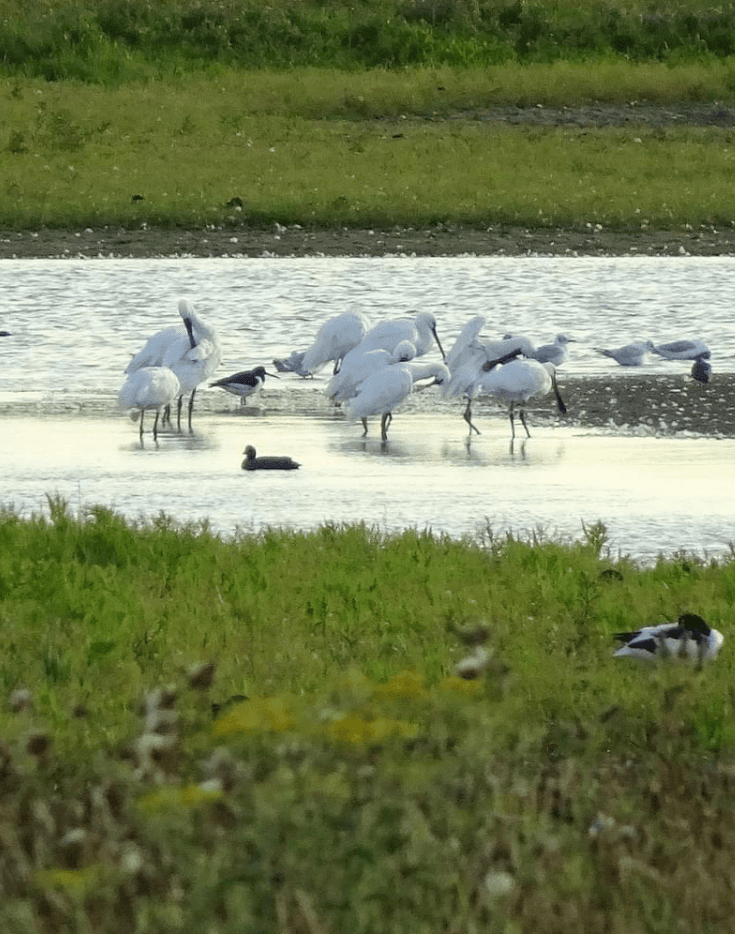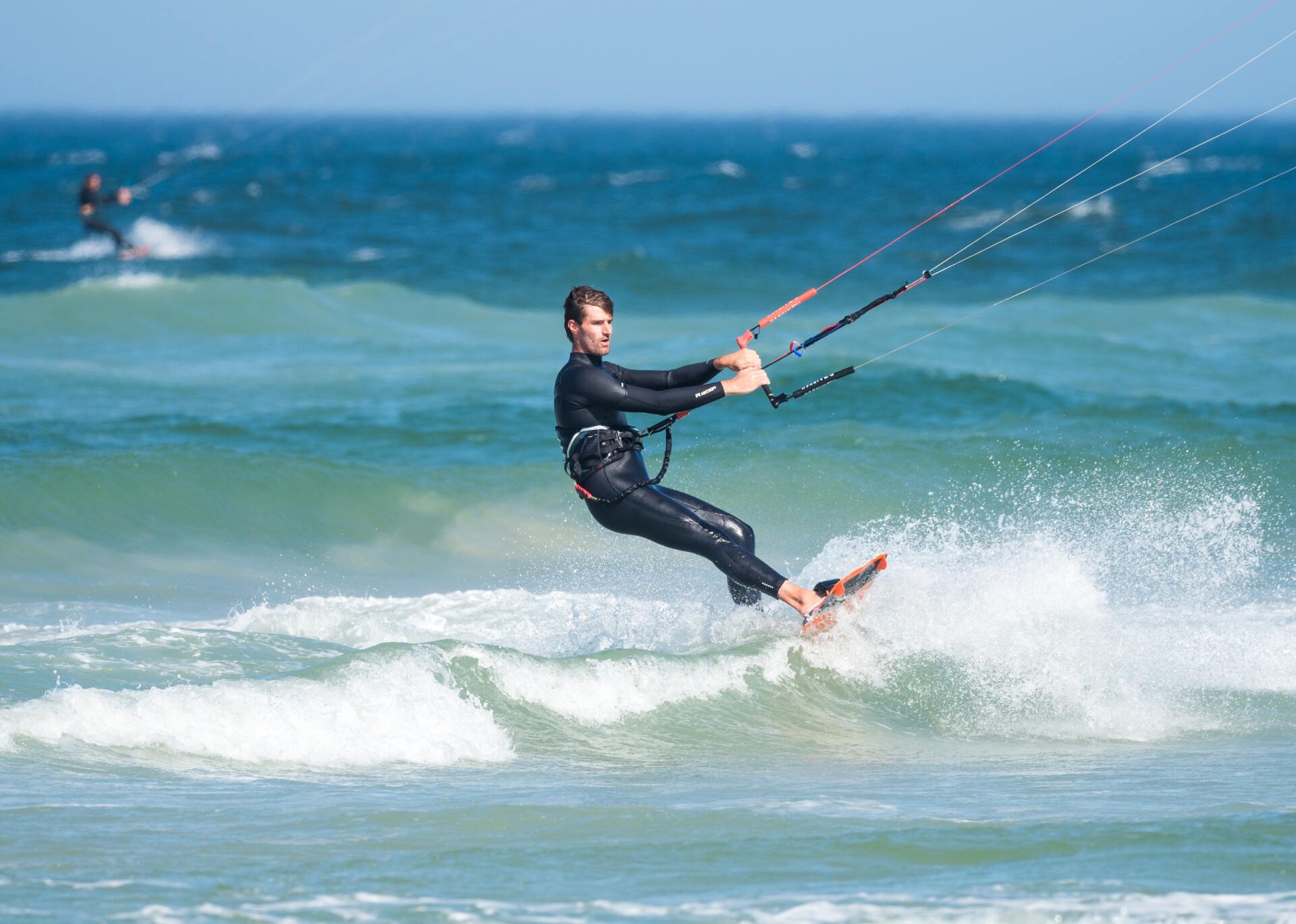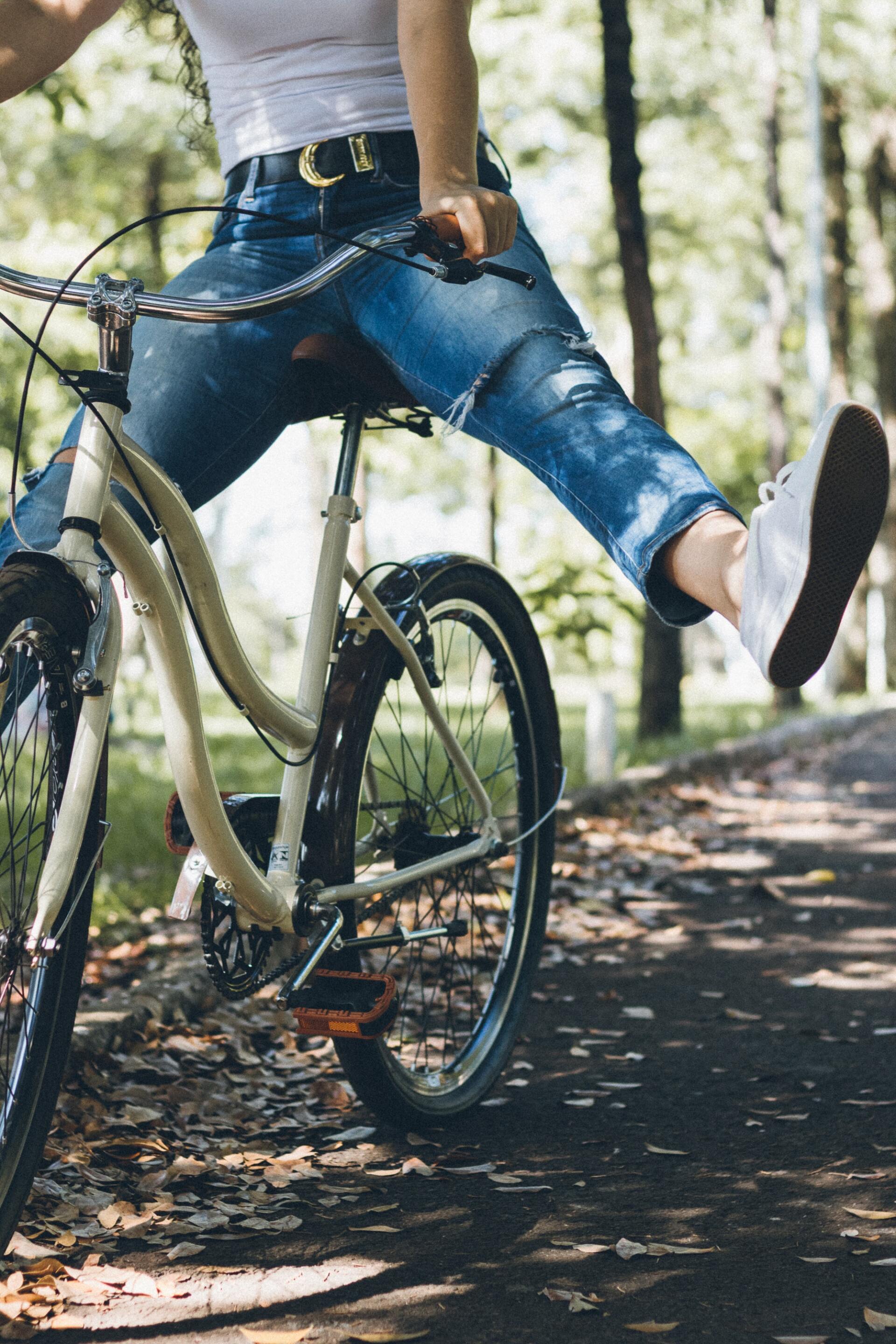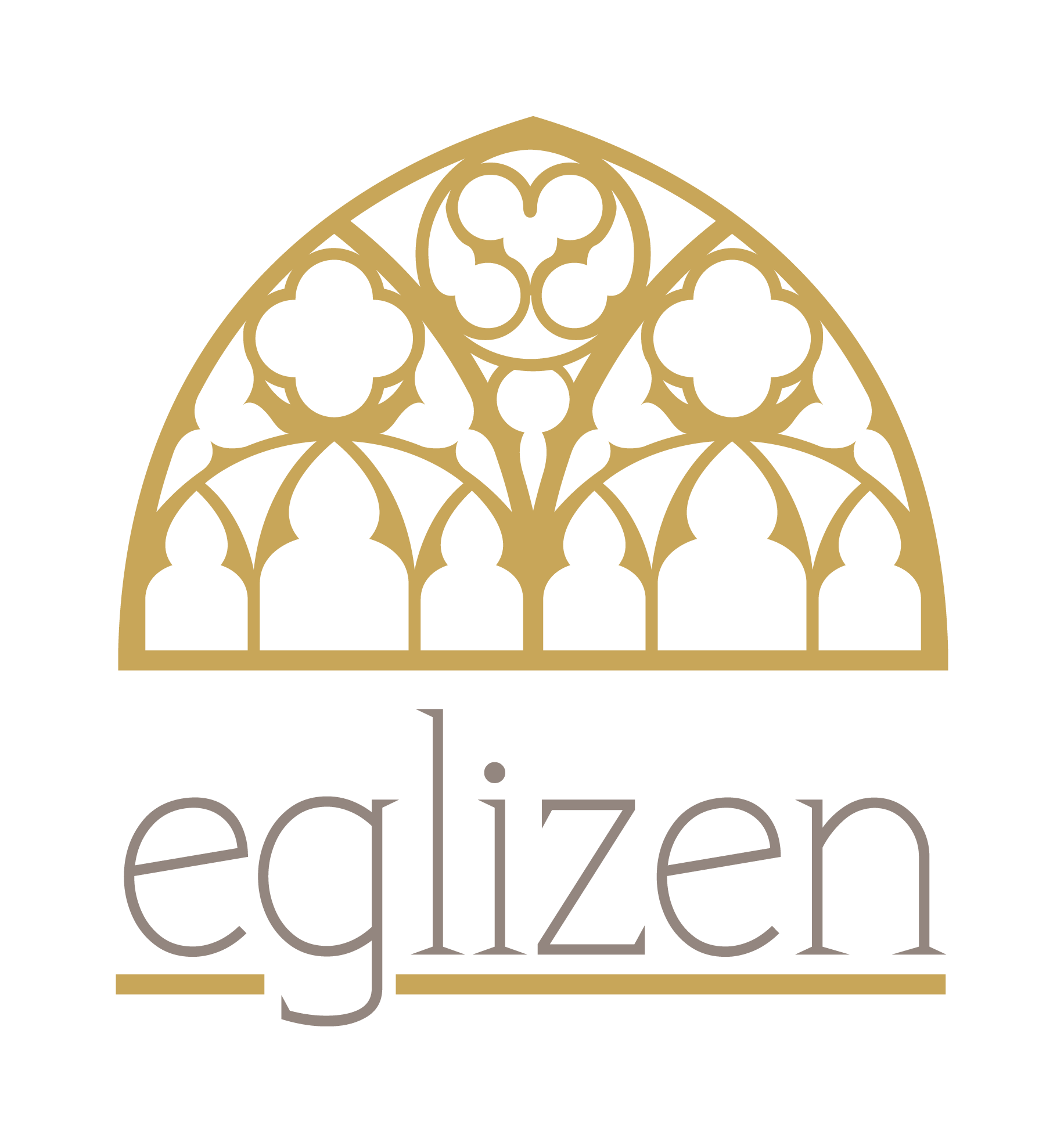"History and the present '
Hoofdplaat is a small village located behind the dike near the Westerschelde, and is part of the municipality of Sluis. In 1778, the present Hoofdplaatpolder was reclaimed. The village belonged successively to the diocese of Bruges, the diocese of Ghent and finally the diocese of Breda.
The village has often had to struggle with the water. During WWII, Hoofdplaat suffered heavily from shelling from Vlissingen, but it was also the starting point of the liberation by Canadian troops. A memorial has been erected for this, as well as for the victims who fell in Hoofdplaat. Every year at the beginning of November a liberation march takes place between Hoofdplaat and Knokke, about 33 km.
The village has a cozy, social atmosphere. You can take a walk around the village, called 't Ommetje, which in 2007 received the title of 't Most beautiful walk in Zeeland'. This walk of about 6 km takes you along the sluikom with the war memorial, the western Scheldt dike, a number of special buildings and 't Turpbos. You can also follow the Canadian liberation route.
Other places worth seeing nearby are Breskens, Groede and Cadzand, where you can also enjoy the beach and sea. You can spot very special birds and the stork population in the Zwin nature reserve.
You can shop in Sluis, Knokke, Bruges or Ghent. Culinary delights are also plentiful, including Michelin-starred restaurants, as well as hip beach clubs.
Activities
Whether you want to be active or just relax, you can do both in Zeeuws-Vlaanderen. Walking, cycling, sailing, kite surfing, yoga, shopping or sunbathing on the beach, it's all possible. With a bit of luck you can spot the seals resting on the sandbanks during a walk or bike ride. You can enjoy culinary delights at De Kromme Watergang (Slijkplaat), Spetters or Escobar (Breskens), AIRrepublic, Blueness or Pure-C (Cadzand-Bad) 1880 (Groede) or La Trinite (Sluis). If you take the ferry to Vlissingen, you can visit the pirate park and sea aquarium in Het Arsenaal. On the other side you will also find Middelburg, Domburg, Goes and the Veerse Meer. You can easily get to all these places by e-bike!
The church
The neo-Gothic St. Eligius Church was built in 1861, and remained in use until 2012. During the Second World War, the church suffered a lot from shelling from Vlissingen. After the war, the church was rebuilt, and the clock returned from Germany.
chapel
At the back of the garden you will also see a chapel. On Saturday, February 2, 1953, Zeeland was ravaged by a fierce storm, which caused many dike breaches and almost a thousand fatalities (two thousand throughout the Netherlands). Hoofdplaat had a frightening night but was eventually spared. Out of gratitude the (Catholic) residents built a chapel: 'Our Lady of Saturday'.









